Fold2Bend
Fold2Bend is a research project that investigates new industrial Fabrication methods in wood construction, to develop an actual approach for automated and resource-efficient development of new wood constructions.
This project investigates the potentials of wooden plates, bent through assembly with metre-joints, for its ability to generate self-stabilised load-bearing structures with augmented stiffness. This augmented stiffness will reduce material use and the structures self-weight, and is therefore suitable to cut the costs of the entire construction.
Based on a folding system with curved foldlines, entitled curved folding, a strategy for wood-wood joints, respecting the material properties for bending and buckling as well as the actual fabrication constraints, will be developed. The Interpretation of Folding as an assembly strategy for plate material, that cause bending explains the title of the project Fold 2 Bend.
The Investigation will be organised in a feedback-loop that should be passed through three times. Based on an investigation on plate material, concerning its abilities to fold and bend, a geometric interpretation of curved folded materialised plates will be developed. In combination with the results of wood-wood joints and the structural performance of the bend plates, this data will enable a large-scale test to bend wooden plates during the assembly and keep them bend through this assembly. The large-scale test will mark a significant milestone, as the experience during the fabrication of this object(s) will be used to evaluate the entire process, in order to become the bases of the next loop.
The research consortium has widespread interests that are perfectly covered in the project and will enable a positive interdisciplinary research ambiance. Besides the long-term interest to develop a new and cost-effective method to fabricate freeform geometries with wooden panels as a market ready product, the project has directly after finishing a number of positive side effects, for the different partners. The most important aspect is the development of basic research at the university that will be transferred and further developed to industrial research and development. The actual team, that is set up for this project, has diverse experiences; from strong researchers to experts that practice in their daily business. Especially the engagement of Valentine Troi, brings enormous experience in the transfer from university to industrial research as she experienced this process very successful a few years ago. The wood construction company Saurer is involved in the development of new awareness and new strategies, and will therefore profit from the knowledge-transfer. The university will enable the reintegration of two excellent female researchers within their research agenda, after their maternal leave. In addition a phd-position within the upcoming research field of ”structural origami” will be generated, and will therefore support Innsbruck university to become an important player within this field. The competence and innovation in wood construction as an important regional factor will be expanded and brought from theory to practice.
The lived interdisciplinary partnership between architecture, engineering and wood-construction industry can be seen as necessary and before all, as a base for the future of the entire building industry.

